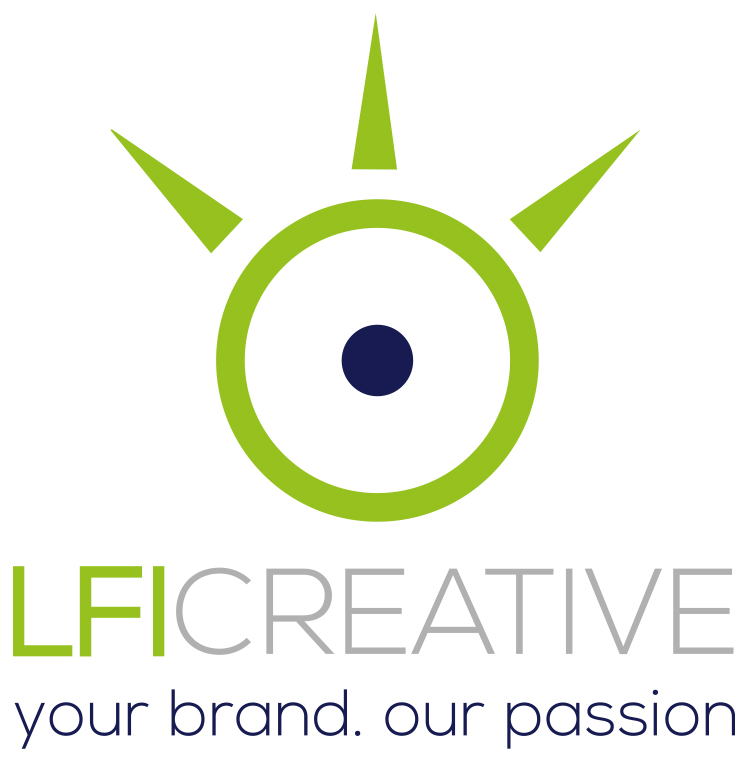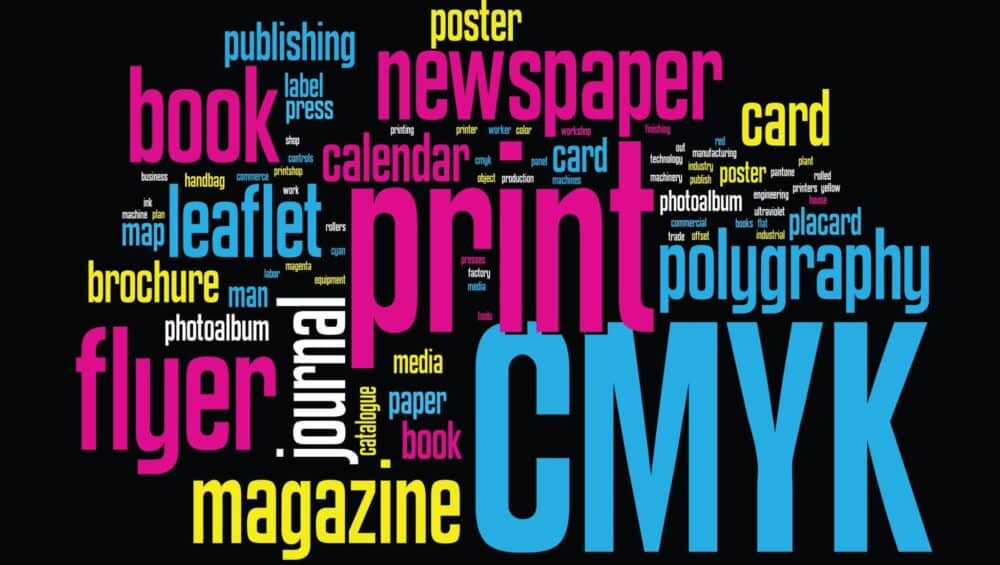Navigating the world of web design can be difficult and outdated advice is often followed and LFI Creative are here to help.
Do: Make Use of Design Patterns
You can’t make your site like every other, so our job is to pick and choose which design patterns will be most helpful to your target demographic. Design Patterns sound like a complex technique. All it means is copying standard, well-known approaches.
Do: Make It Inclusive
Inclusive design holds the opinion that the web is for everybody.
Excluding anyone from your website is wrong. But, perhaps more importantly, excluding 5% of users deducts 5% from your profits. It’s never been easier to be inclusive. We make your website responsive and follow accessibility guidelines!
Do: Keep It Simple
99 times out of 100, the simple choice is the right choice. Most people aren’t interested in an original design. They’re interested in accomplishing a task. The less effort expended to complete the task, the better the experience.
Complexity most often creeps into navigation. Start with a logical structure, and use simple, hierarchical navigation.
Do: Stay Focussed
Every website has goals. It might be promotion, profit, utility, or a combination. Each part of that website, every single page, should have one goal.It’s OK to still have navigation, links, and secondary goals provided each page has a single clear purpose.
Do: Keep Your UI Consistent
Consistency is often referred to as the hallmark of quality. It means that you’ve paid attention to details. But consistency isn’t just about giving a good impression. Consistency is also essential for good UX (user experience).
Areas that often fail the consistency test are the corner radius of boxes, the style of links, and the tone of writing.
Don’t: Make Users Wait
The worst thing you can do is make users wait. The more technology advances, the faster connections get the higher user expectations.
Your site needs to load in under a second and be interactive in under two seconds. Otherwise, you’ll lose customers who bounce back to their search engine and try one of your competitors instead.
Delays don’t only apply to the speed of your site. You need to ensure that the information or product a customer wants is easy to access. Don’t bury it multiple levels deep in your site. If users are delayed by complicated navigation or unpredictable structure, they will exit your site as surely as if it took 10 seconds to load.
Users have zero amounts of patience.
Don’t: Leave Content Until Last
Content is frequently left until last. That’s because it’s hard. Just because we learned to read and write as kids doesn’t mean we can write persuasive, engaging sales copy.
Most websites make three big mistakes with their content.
Mistake one is unbalanced copy. That means writing 25 words about your flagship product and 5,000 words about the company’s history.
Mistake two is writing for the company, not for the customer. That means organizing content around the company structure rather than customer tasks.
Mistake three is too much content at once. Walls of text are a turn-off. Instead, write short, scannable snippets that will keep customers engaged.











